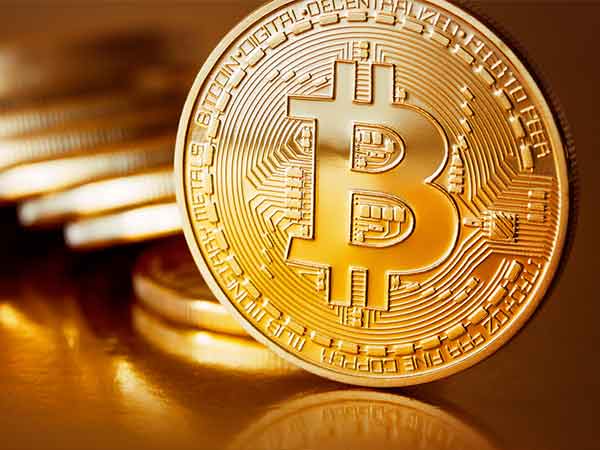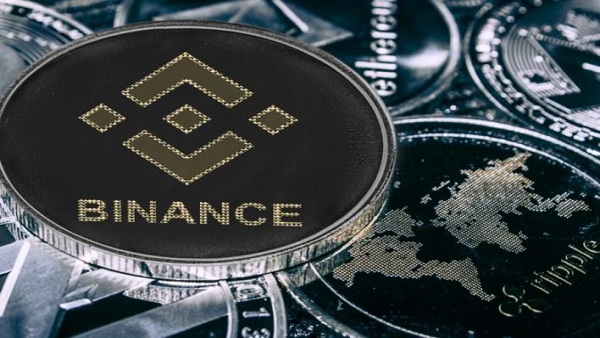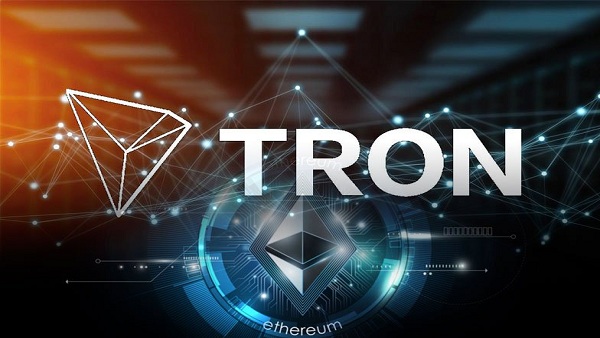1. Bitcoin(BTC) $42,922
This is the first minted cryptocurrency in a universe of over 7000 cryptocurrencies almost a decade ago. Also, this is the most popular digital token which has got the back of large corporate investors of late, pushing its price from levels of just under $20000 to sub $65000( all time high hit in mid April 2021) in barely some months. And now as the currency has crashed owing to Tesla’s Musk’s varying tweets and the latest mammoth 30% single day-crash on May 19, 2021, it surely makes for a ‘buy’ at current levels. Though the current landscape is treating the cryptomarket quiet roughly say only yesterday China barred institutions dealing in cryptos. So, for now you can still wait for more correction to happen in its price.
Divided price prediction view for BTCs
In a year’s time i.e. not so distant, bitcoin is estimated to give a return of 45 percent. And in fact some of the price predictions for bitcoin as made by Ark Investments’ Cathie Wood suggest the bitcoin(BTC crypto) to hit $5,00,000.
2. Cosmos (ATOM):
Cosmos termed as ‘Internet of Blockchain’ by developers who mint this currency is an association of blockchain networks that streamlines trades among the various blockchains, including BTC and ETH. Here everything is supported or backed by ATOM.
Now coming to its pricing valued currently at $22.94 which is worth INR 1671.7. This falls in the category of both affordable cryptocurrencies and even cryptos that have of late shown sharp correction. On May 7, Cosmos touched an high of just more than $32 but now receded sharply to $23., dropping a huge 28 percent.
Price prediction for Cosmos including 5-year target price
With the positive of enabling interoperability between the cryptos, there is enormous potential in the crypto and as per Gov Capital the price of Cosmos( ATOM) may rally up to $46.5 by 2021 year end and the 5-year price target has been has placed at $191.9.
3. Binance Coin (BNB):
This is the crypto issued by the Binance exchange (launched first in 2017) as an utility token and trades with the symbol BNB. Binance until the year 2018 was the largest crypto exchange world over but has now been replaced by CoinDCX.
Talking about the crypto Binance Coin it is largely a Ethereum based currency which enables trading in cryptocurrencies and also for fee payment over the Binance exchange.
The company has a broader vision of becoming the main infrastructure providing company for the whole of blockchain ecosystem.
M-cap of Binance Coin: Third largest cryptocurrency
Price prediction for Binance Coin
The pricing of Binance coin or the intrinsic value that it derives is from its utility i.e. its use by traders in dealing with other cryptos on the Binance platform.
1-year pricing potential from Binance coin is a decent 84.48 percent.
By May 2021 end: Price of Binance Coin is expected to hit $505.
4. Tron:
As per the Wikipedia TRON is a decentralized operating system based on blockchain. The cryptocurrency i.e. native of TRON is referred as TRX. This TRON was initially developed over the Ethereum platform in the year 2017. It is among the cheapest cryptocurrencies available in the market today. The crypto in comparison to its initial platform Ethereum is gaining as it hosts innumerable decentralized apps.
Price prediction for Tron crypto:
The blockchain efficacy of Tron way higher than ethereum shall come to be its positive.Also, limited supply as well as the token’s ample use cases are sure to take the crypto higher.
Long term outlook for the currency i.e. 5 year target as given out by CryptoGround is $0.1447.For the year end and 2-year target are at $0.15 and $0.16, respectively.
5. ZCash (ZEC):
ZCash unlike Bitcoin incorporates cryptography, thus offering an added layer of privacy to its users. There is also a fixed supply as that of bitcoin which quantifies to 21 million units. So, as the users can remain anonymous here, more fungibility is offered to them.
To understand its operability, we elaborate that as currency transactions depend on the employment of private keys which are strings of letters and number, identifying a user. So, as you trade or deal, over time your purchase trend can be known by the government or peer group as it gets attached to a particular address. Now if a user’s private key is linked to some of the transaction, some of the parties may deny to go for the transaction. Herein is where ZCash comes into picture. So typically, ZCash allows its users to even hide their transactions.
Now, it is believed as per researcher that the investment window will soon open with prices being dropped.
We have mentioned this currency as it has immense potential to boom but remember it is also highly volatile.
Price prediction for ZCash/ZEC
Now going by the current trend, ZCash price is down almost 45% on a 24-hour basis.
So, now for the price prediction for ZCash the CoinSwitch news website forecast a bright future for the crypto. This is give the halving and other developments that will take place together with the enhance privacy that the token provides, will push its demand going further.
As such, CoinSwitch predicts that ZEC may reach $200 by 2021 and will continue growing to $1242 by 2025.
Summary of Best Cryptocurrencies To Buy With Their Price, M-Cap, Target price
| Cryptocurrency |
Price as on May 20, 2019 on Coindesk |
M-cap |
Year-end predictions (2021 and more) |
| Bitcoin |
$35,495 |
$660 billion |
In July 2022 to scale to over $80K, another view is it be hitting levels of $5,00,000 |
| Cosmos (ATOM) |
$13 |
$3.5 billion |
$46.5 by year end 2021 |
| Binance Coin |
$309.77 |
$47,918,996,031 |
By May end-$505 |
| Tron |
$0.07 |
$5.28 billion |
$0.15 |
| ZCash |
$141.84 |
$1.58 billion |
$200 |
Now here you need to develop your skills to deal with this new asset class both smartly as well as safely, this is as while these cryptos may enable you to create wealth, there have been know cryptocurrency scams that have evolved over the years.Disclaimer
Disclaimer: The article is purely informational and is not a solicitation to buy, sell in securities mentioned in the article. Greynium Information Technologies Pvt Ltd, its subsidiaries, associates and the author do not accept culpability for losses and/or damages arising based on information in this article.
About the Author: Roshni Agarwal is an MBA Finance and Marketing with experience of over 5 years into covering financial markets, stocks, currency market and personal finance stories.
GoodReturns.in












